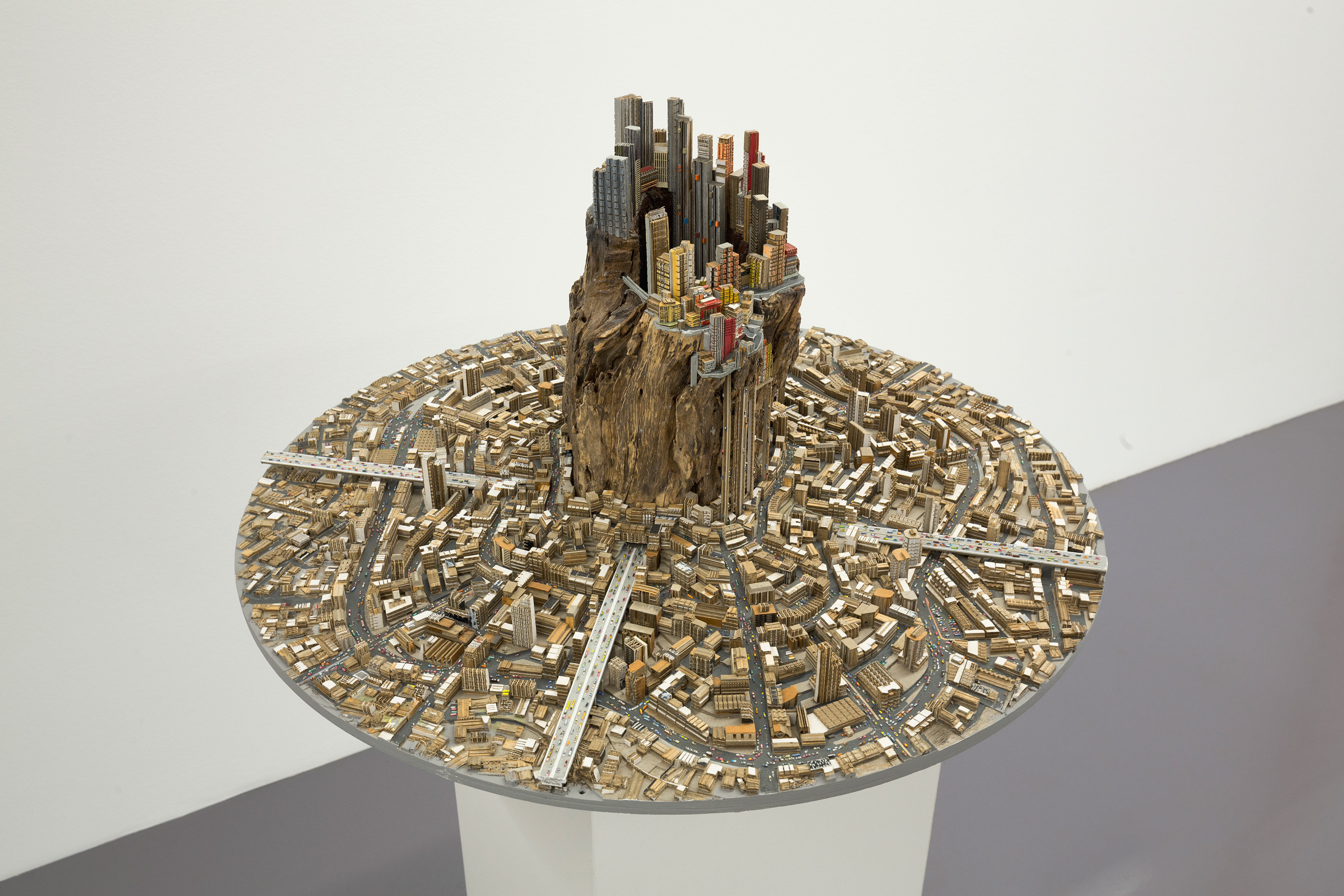
Matias Bechtold uses cardboard, plastics, and objects found around a home to erect intricate cityscapes. One of the most dazzling aspects of Bechtold’s work is how he’s able to use packaging materials and even vacuum cleaners to create texturally convincing skylines. In an architectural sense, the artist is also playing with what’s possible within the future of that industry.




“For Bechtold large can effortlessly become small, and small can just as easily become large,” Laura Mars Grp. says. “To him the real dimensions of any thing, be it a highrise tower or a vacuum cleaner, are of merely secondary importance; rather he perceives about these and other things structural relations regarding their shape und styling – and may thus transform something as mundane as orange-colored display trays for throwaway lighters into elements of a building’s façade replete with see-thru views of intricately furnished and sometimes illuminated-from-within rooms.”
See more of his creations on his site.







 In 2013, Australian architecture firm
In 2013, Australian architecture firm 

 Based in Marseille, French artist
Based in Marseille, French artist